by Orna Mizrahi, Udi Dekel, Yuval Bazak
What will Israel face in the near future and how will she deal with the threats that confront her
In
recent years, the northern arena has emerged as Israel’s primary
military challenge. The entrenchment of the Iranian-led Shi’ite axis in
Syria and Lebanon, attempts by Iran and its proxies to make inroads
toward Israel’s border with Syria, and Hezbollah’s growing strength in
Lebanon are all factors contributing to increased friction and cause for
concern regarding the next war in the north. One thing is certain: a
war on the northern front will be unlike all previous wars. as the
conflict is likely to include the Lebanese arena, Syria, and possibly
even western Iraq.
This memorandum
presents the findings of a project conducted by the Institute for
National Security Studies with the participation of INSS researchers,
military and intelligence experts, and former high-ranking IDF
commanders who analyzed the gamut of issues that require consideration
in advance of the next war in northern Israel. Taking a long-term
perspective, it looks at how threats may emerge and outlines the
dilemmas, possible alternatives, and opportunities that exist for Israel
in the different scenarios, with the aim of assisting the defense
establishment and decision makers in Israel in their strategic and
operational planning.
The authors
do not proclaim that war is nigh, nor do they suggest that war is
inevitable. Indeed, the common assumption today is that Iran and
Hezbollah do not have an interest in war with Israel in the near future.
Nonetheless, it is essential that Israel prepare for the possibility of
an escalation of the conflict, whether triggered by a change of
circumstances, as the result of a deterioration, or due to an erroneous
assessment by any side.
In
this memorandum we present a summary of a long process of strategic
planning (beginning in early 2019) conducted at the Institute for
National Security Studies (INSS) to examine and analyze the gamut of
issues that require consideration in advance of the next war in northern
Israel. The aim of the project was to assist the defense establishment
and decision makers in Israel to prepare for such a war, and to examine
developing threats. It should be emphasized that in this study the
reference is to threats against Israel and the overall need to prepare
for those threats, without addressing the likelihood of war erupting, or
when...
May
2020 marked 20 years since the Israel Defense Forces (IDF) withdrew
from southern Lebanon after an 18-year presence in the country. The
unilateral withdrawal did not lead to the intended calm, but instead to
the entrenchment of Hezbollah along the Israeli-Lebanese border, which
eventually led to the Second Lebanon War (2006). Following the war,
Israel pulled out of Lebanon and on the basis of UN Security Council
Resolution 1701 the Lebanese Armed Forces (LAF) deployed along the two
countries’ shared border and a border regime was established together
with the LAF and UN forces, which has managed to maintain a stable
security reality. Nevertheless, in the same period, Hezbollah continued
to shore up its capabilities and activities in southern Lebanon,
including creeping expansion near the border, in contravention of the UN
Security Council resolution...
The
underlying assumption of this memorandum is that the next campaign in
the northern arena will present Israel with new and tougher challenges
than those it has known in the past. This view is based on the emergence
in recent years of new types of threats against Israel that will impact
the nature of the war – if and when it erupts...
The
project examines a wide range of scenarios, and in particular the
following three scenarios were discussed: A Third Lebanon War, The
Northern War, A general war against Iran...
In
light of the evolving threat in the northern arena, decision makers
should periodically reassess the strategy for dealing with it, with
consideration given to the following options...
We
now present the strategic alternatives available to Israeli decision
makers to attain the war goals and strategic objective outlined in
chapter 3. Our analysis is based on the following key assumptions: there
is a grave and developing threat against Israel in the northern arena;
efforts to prevent war have been exhausted; and the
campaign-between-the-wars strategy has not provided the required
response. Therefore, Israel can no longer avoid a military operation in
order to diminish or remove the threat against it and maintain the IDF’s
military superiority. Three main courses of action that may advance
these goals were examined. They are differentiated from each other in
their concrete objectives and the scope of the conflict required to
achieve them. The alternatives are presented in a graded scale, from
limited confrontation to a broad campaign. The duration of hostilities
also differs between each alternative, from a short campaign (a few
days) to a longer one (several weeks)...
This
chapter is based on the assumption that the conflict will take place on
two parallel fronts, the military front and the civilian front.
Compared to previous conflicts, the civilian front is expected to
sustain heavy and repeated fire, including some precision strikes,
especially in the initial stages of the war. At the same time, as in
previous conflicts, non-guided rockets can be expected at numerous
civilian targets in Israel, though at a higher rate than in past
conflicts with Hezbollah and Hamas. The extent of damage – human
casualties and property damages – could be far greater than what we have
seen before, since the number of incidents per day will be much higher –
and this will present a huge challenge to the first-response system. In
other words, it is anticipated that the civilian front will face
threats from a number of directions that may shake Israelis’ sense of
security...
The
role of a cognitive campaign in a war has long been recognized, and its
place has grown with the increasing reach of new media. Leaders of the
Shi’ite axis know well how to exploit the media to influence public
opinion. Hezbollah leader Hassan Nasrallah spends a lot of time and
effort trying to influence the consciousness of the Israeli, Lebanese,
and international publics. And this pattern is expected to continue
during the next war, when he will likely claim victory over Israel –
whether or not that reflects reality on the ground. Nasrallah can be
expected to apply scare and deterrence tactics against the Israeli
public and IDF soldiers via all types of media, including social
networks, in an attempt to sow fear and amplify Hezbollah’s successes
regardless of the actual outcomes of the war...
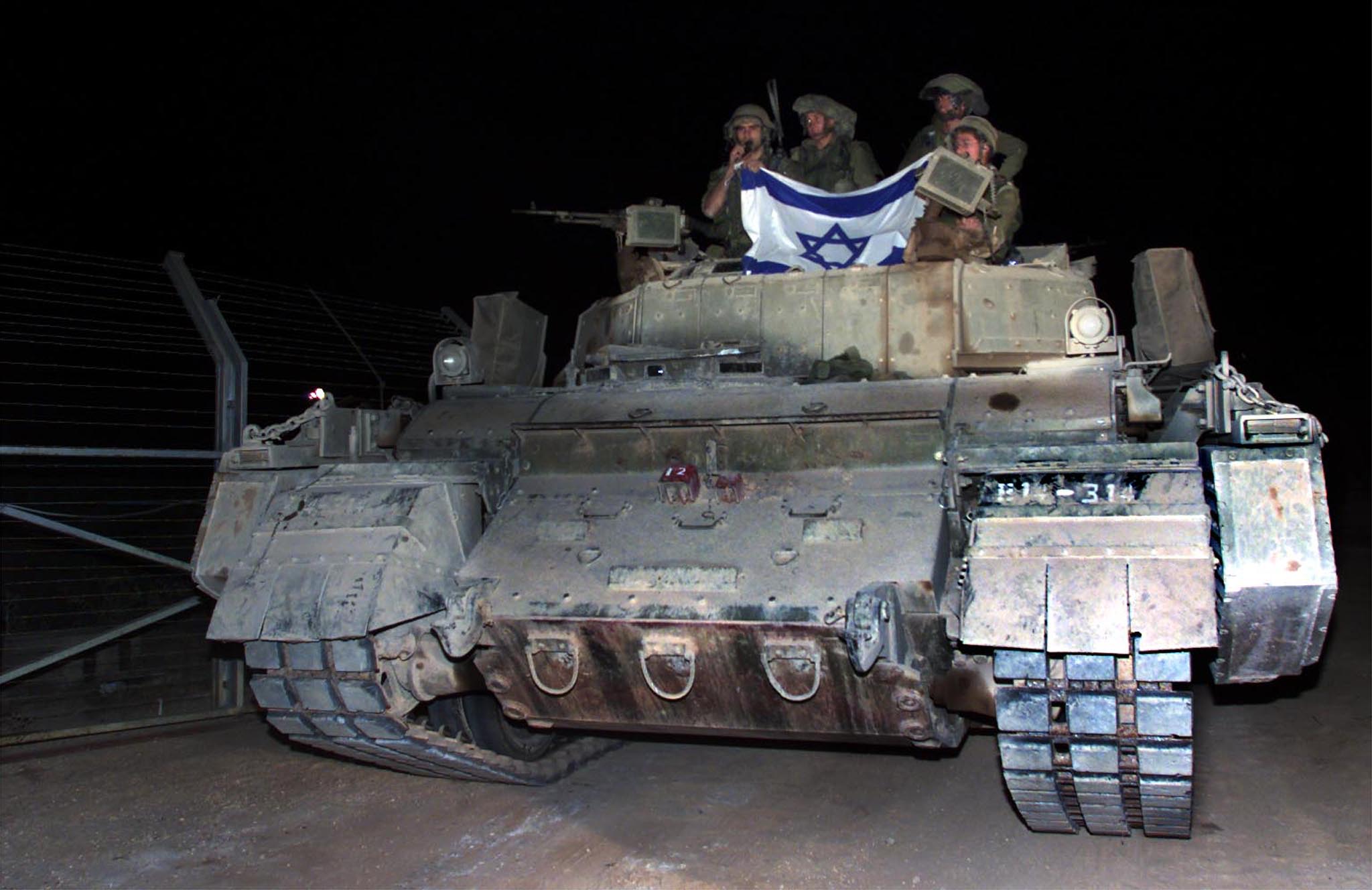
Any
discussion on an exit strategy from the next war in the north must
center on the following issues: the optimal time for an end to
hostilities in order to maximize the achievements gained up to that
point and to reduce the costs of continued fighting; endgame mechanisms
that may help end the war; boundary lines – the scale of the depth of
penetration of Israeli forces into Lebanese and Syrian territory to
ensure that the results of the war are clear and less susceptible to
manipulation by the enemy; and security and stability arrangements after
the war, with the intent of creating an improved reality in comparison
to that achieved following the Second Lebanon War, based on UN Security
Council Resolution 1701. This resolution did not achieve the desired
result for Israel, i.e., dismantling Hezbollah as an independent
military militia, closing the border crossings between Syria and Lebanon
to prevent the transfer of weapons, and the imposition of Lebanese
sovereignty in southern Lebanon. Instead it enabled Hezbollah’s
continued control over southern Lebanon and its military buildup,
despite the presence of UNIFIL forces in the area...
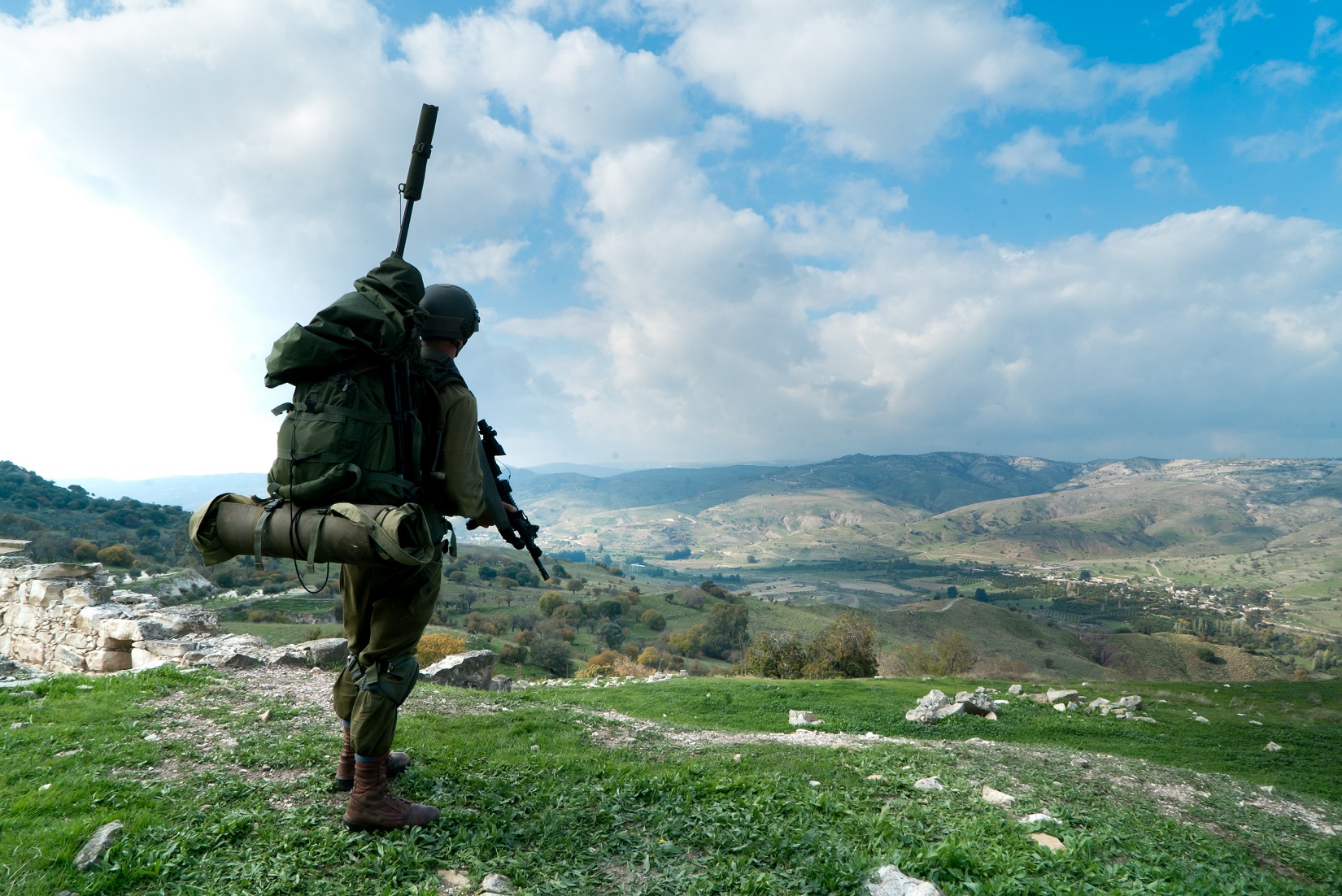
The
underlying premise of this project was the assumption that the threat
to Israel from the Iran-led Shi’ite axis is likely to persist in the
decade to come. The coronavirus pandemic has not stopped Iran and
Hezbollah’s longtime efforts to invest in their military buildup: Iran
continues to entrench itself in Syria and transfer advanced weapons to
Syria and Hezbollah, which in turn continues to move goods and people
from Iran into Lebanon, ignoring the risk of infecting the Lebanese
population with Covid-19. Despite the damage to Iran and Hezbollah’s
capabilities and means following both internal and external pressures of
late, notably the August 2020 blast at Beirut Port, they remain
motivated by a Shi’ite religious ideology and view Israel and the US as
the source of evil, and will continue their efforts to harm and weaken
Israel. They are also likely to act against American forces in Iraq and
eastern Syria in order to accelerate their departure and establish
Iranian control over the land bridge that connects Iran, via Iraq and
Syria, to Lebanon. Recently, Iran has even launched precedent-setting
attacks on vital Israeli infrastructure, such as a cyber attack
attributed to it against water facilities in Israel (May 2020) and it
vows to respond to incidents attributed in the media to Israel aimed at
facilities and infrastructures in Iran...
Orna Mizrahi, Udi Dekel, Yuval Bazak
Source: https://www.inss.org.il/publication/next-war-in-the-north/
Follow Middle East and Terrorism on Twitter
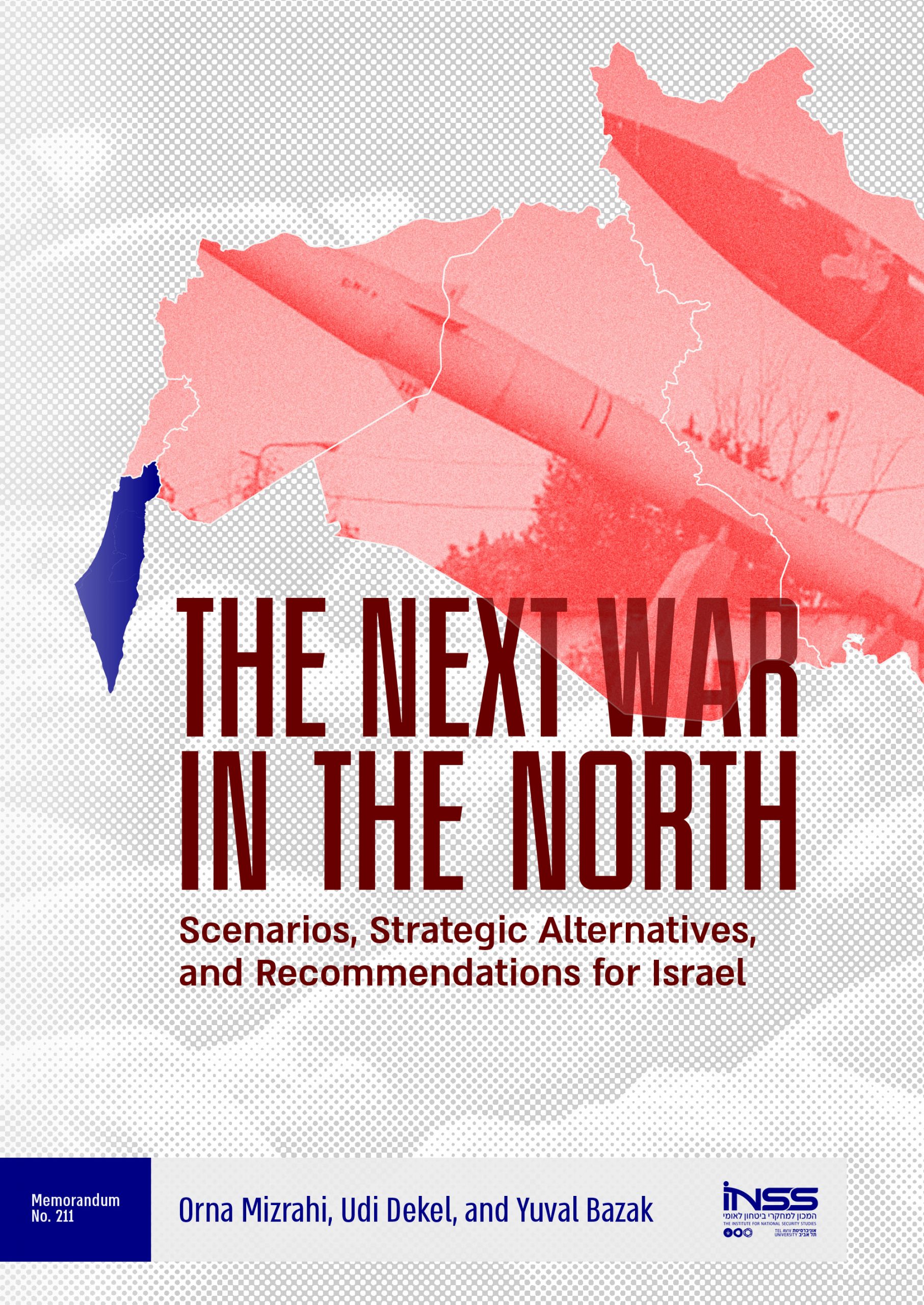
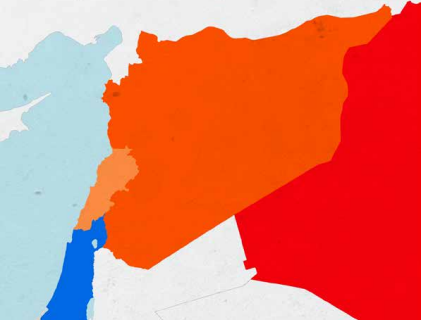
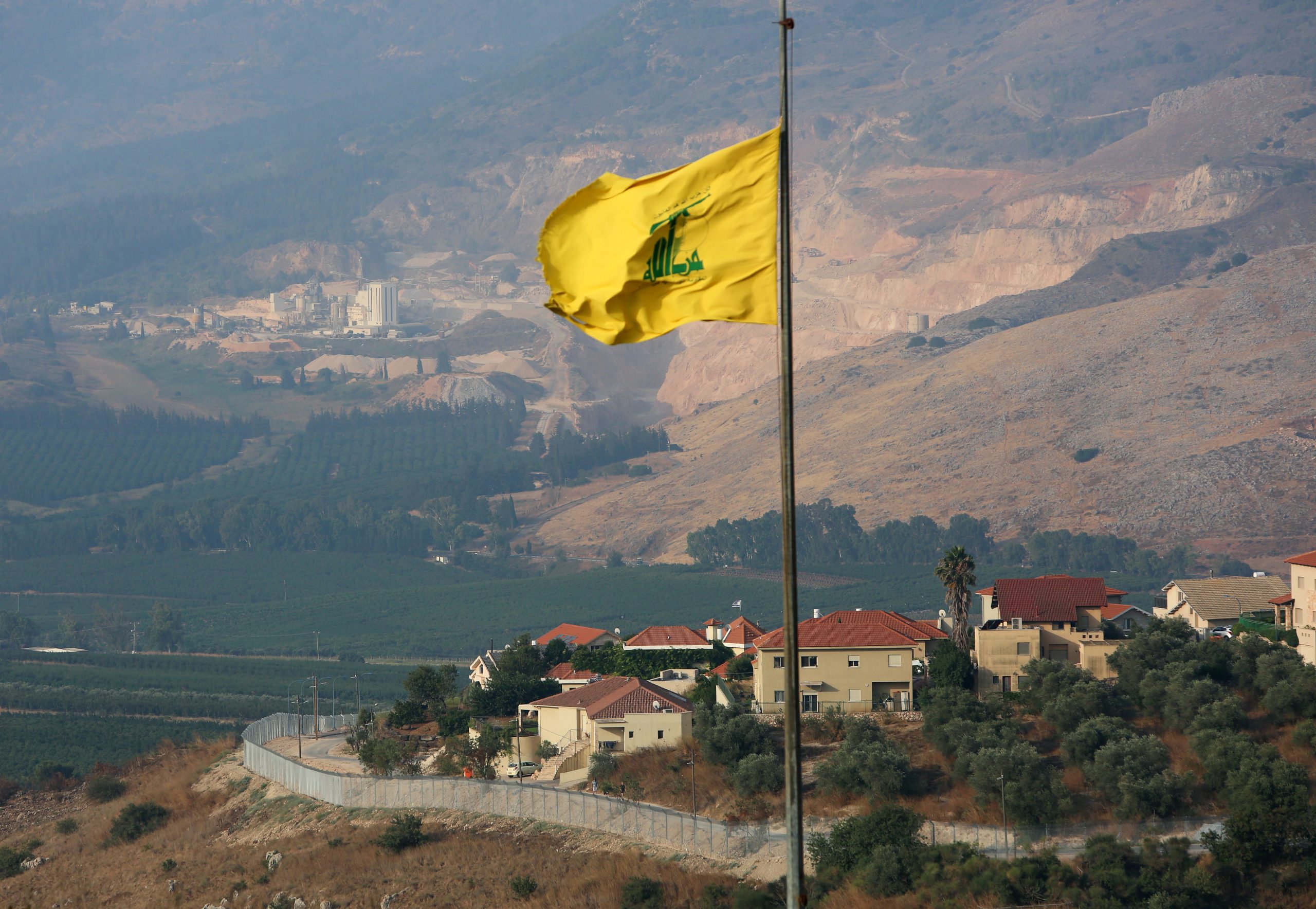
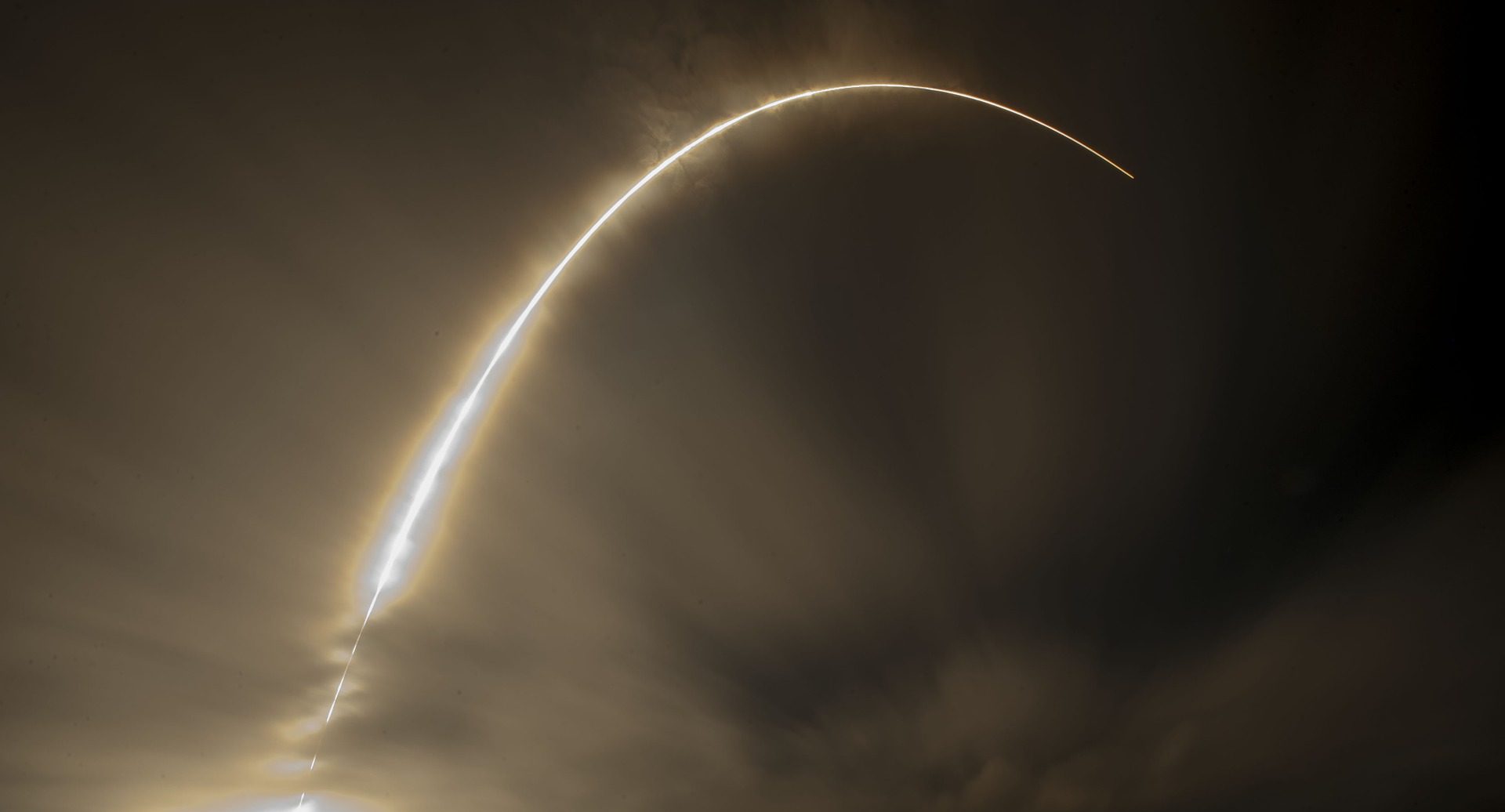
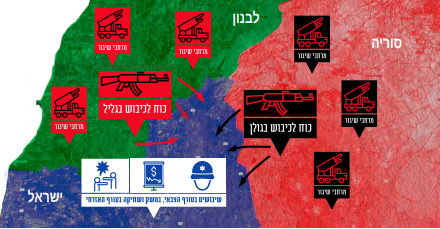
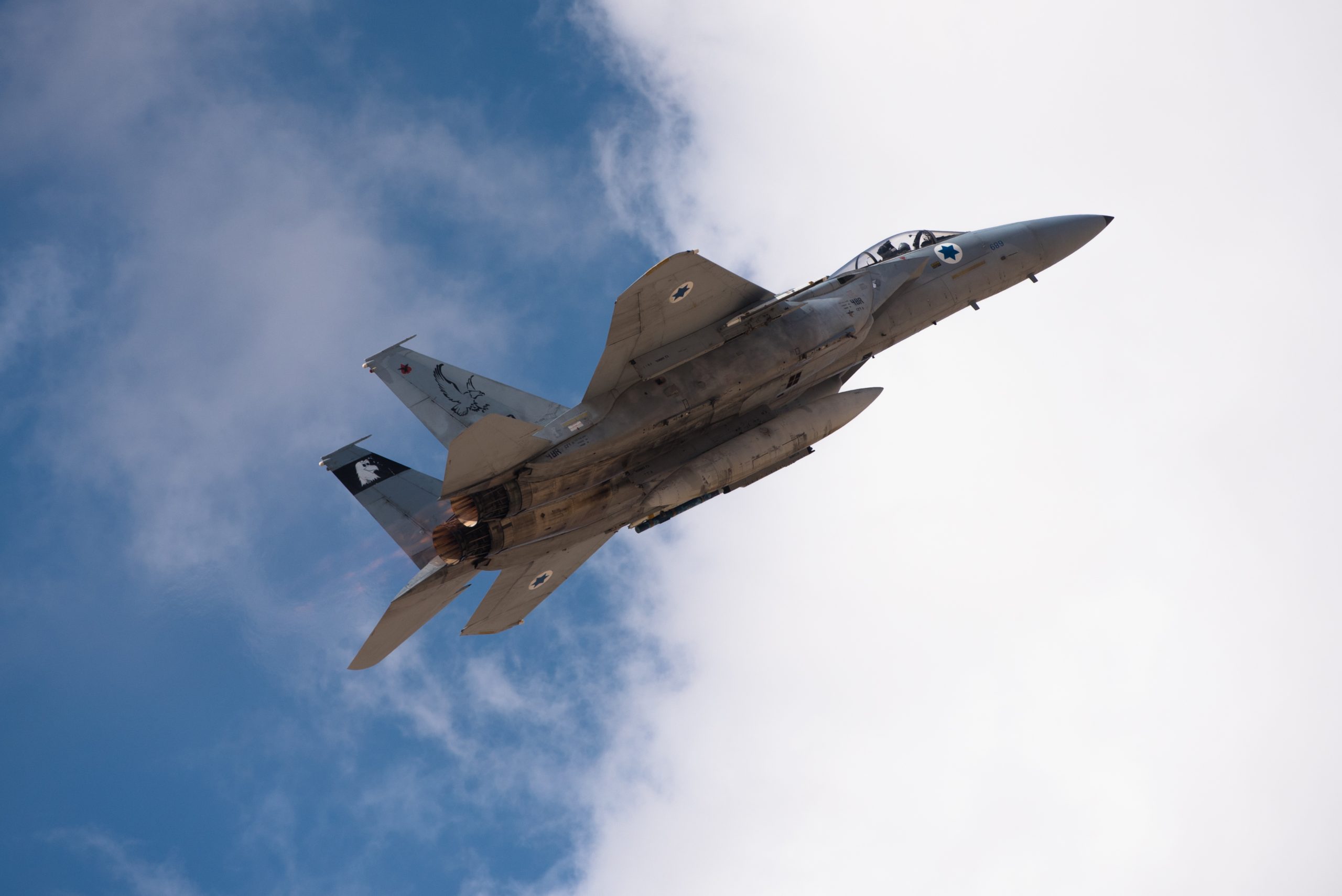
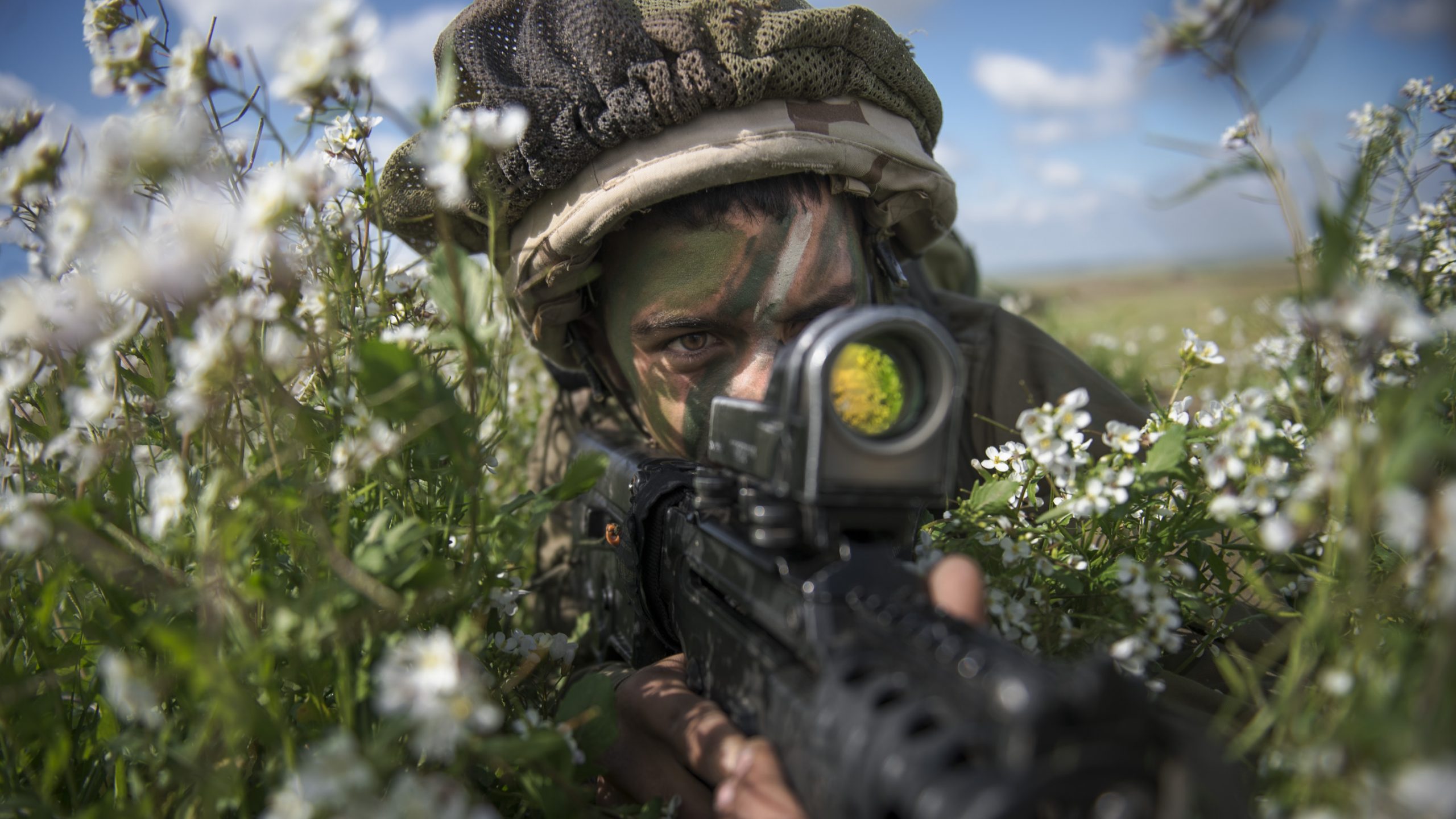
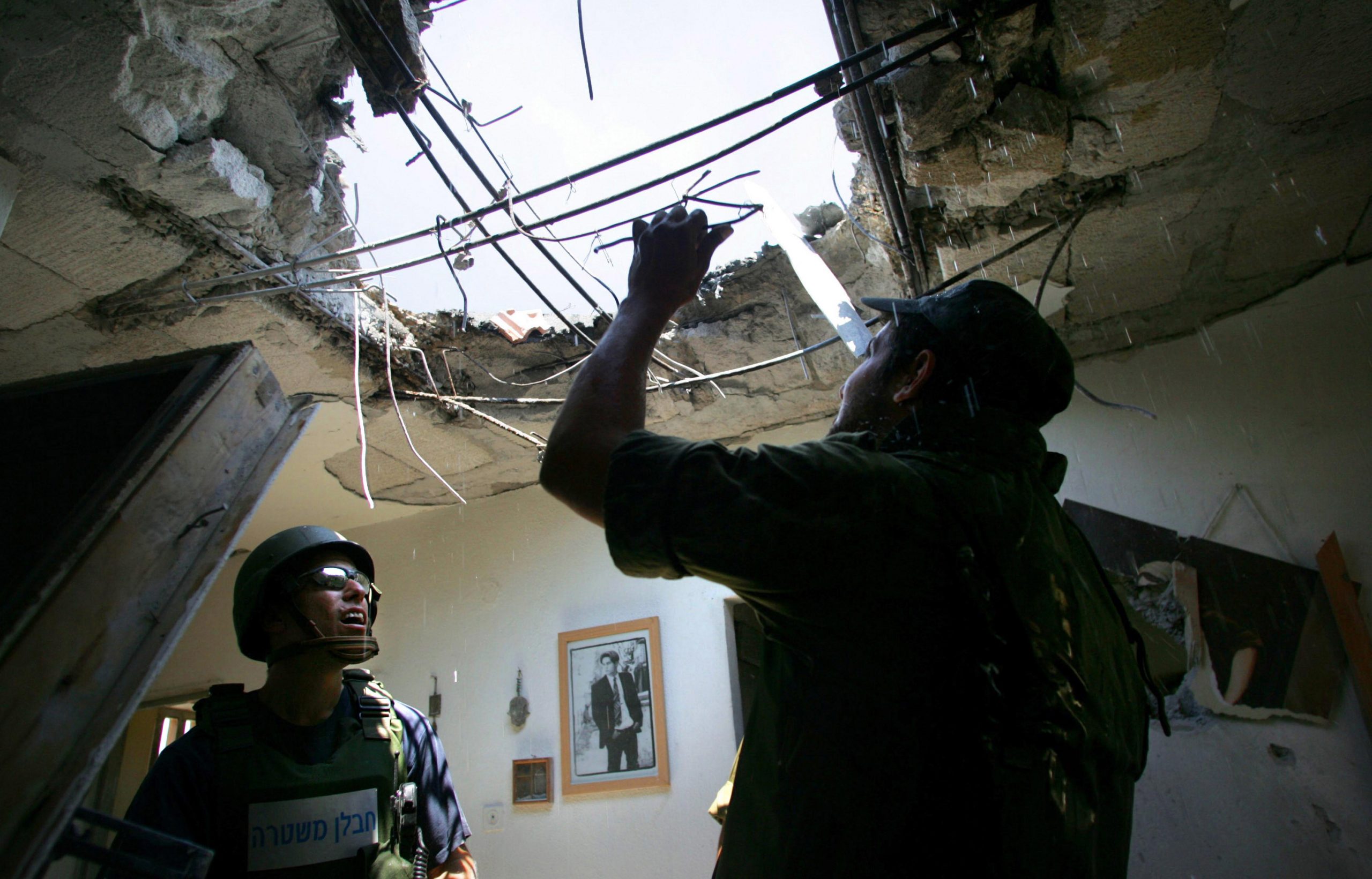
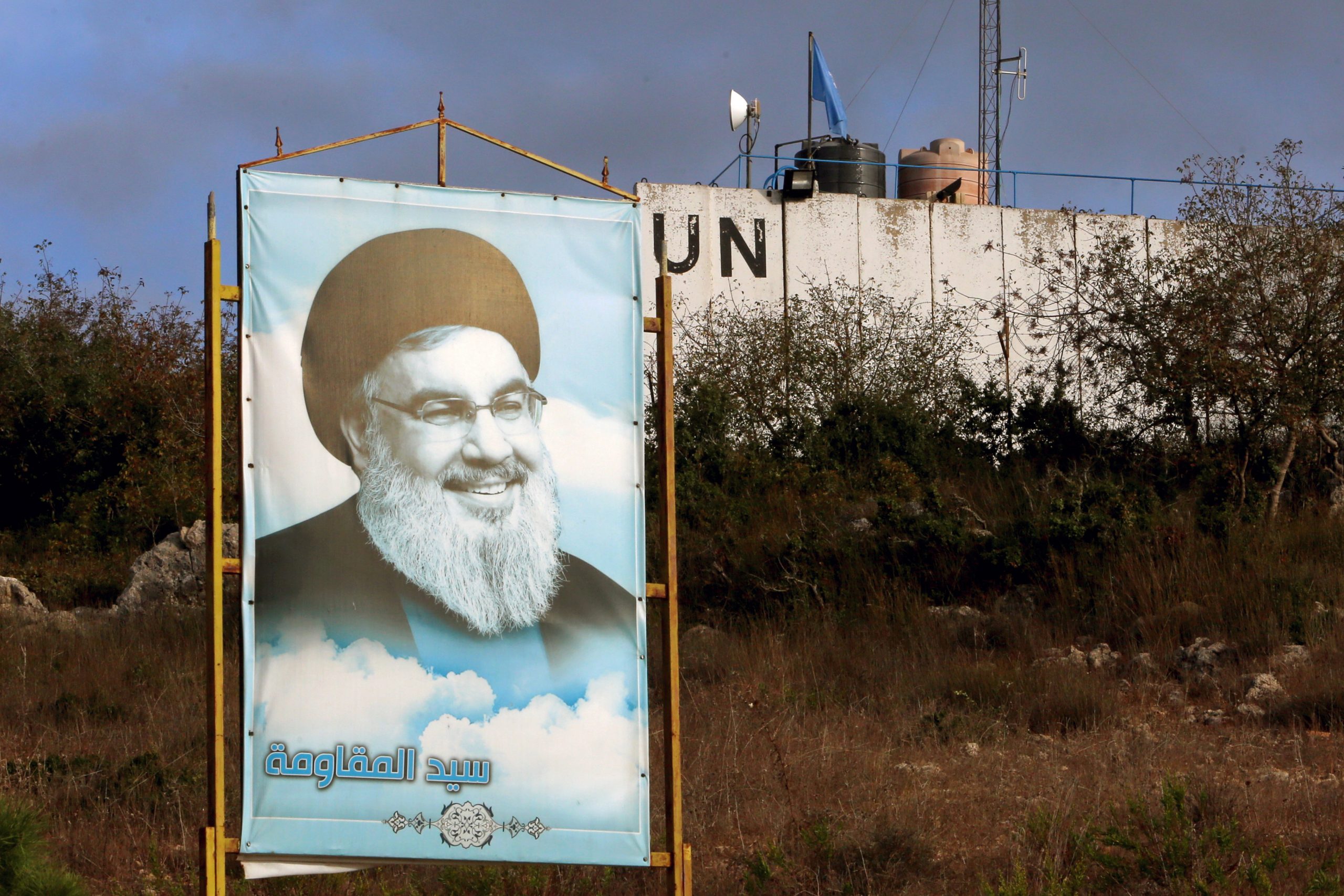


No comments:
Post a Comment